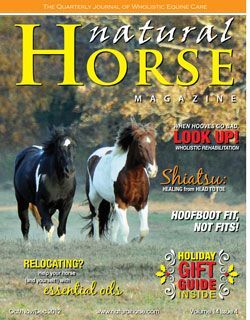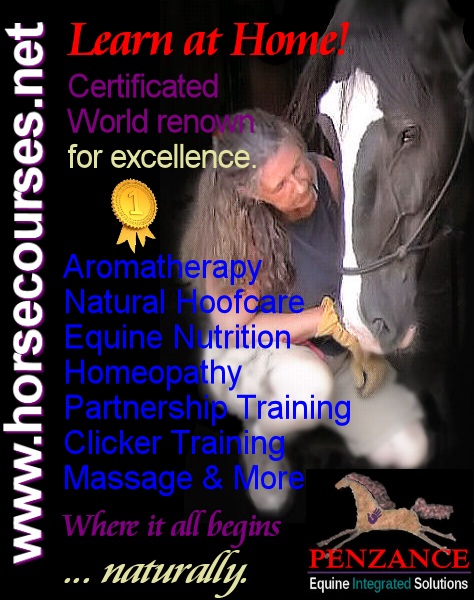EQUINE EMS/IR
I’ve been teaching, advising and writing on the WHOLE HORSE for decades. The last couple of years has been spent on serious study into nutrition for the horse. I’ve done alot of writing on feeding whole, fresh, live foods to horses and eliminating ALL PROCESSED FEEDS.
While doing this will help reverse or prevent EMS/IR in horses, its not the whole story — the other half of the story is EXERCISE!
Below you’ll read an adapted short article (Dr. Michael Cutler) on just what happens to the body in an EMS/IR state … and, what type of exercise you can do IN ADDITION TO ELIMINATING ALL PROCESSED FOODS to help your horse’s body get back into a natural, HEALTHY state of balance …
High blood sugar is a symptom of a dangerous cycle…
Here’s how it happens:
The blood sugar spikes from foods that are high carb and high glycemic.
The body produces more insulin to move sugar into the cells, which will use it for energy.
The cell’s receptors become less sensitive to insulin.The body develops both elevated insulin and blood sugar levels.
The body compensates by producing more and more insulin.The body becomes resistant to insulin—this condition is called insulin resistance.
If nothing is done about it, insulin resistance will quickly snowball into something more serious.
Lowering the blood sugar is appropriate for immediate care… but if your horse were my client, I’d tell you to develop a strategy that will control blood sugar and improve the body’s response to insulin over the long haul.
We’d start by discussing exercise — Anytime your exercise your horse you help the body bring blood sugar into the cells. And that’s exactly what your horse needs to reverse insulin resistance.
Avoid long-duration exercises – research shows shorter, more intense workouts are better for controlling blood sugar and reversing insulin resistance.
A good workout for horses with EMS/IR (or at risk for the condition) is one that works the legs and back muscles. (Think working off the hind end and collecting the body as a whole – not just a head set.) Working them demands more energy, which helps to lower blood sugar.
I recommend you plan your workouts to last 15 or 20 minutes and then switch between periods of rest/free walks and high-intensity bursts of extended trotting or cantering. Remember, intensity is subjective. If an activity gets the heart rate up – causing a strong increase in respiratory rates, – then you’re working at a high intensity pace.
Once you’ve switched to shorter-burst workouts with your horse, you’ll be well on your way to preventing or controlling his or her insulin resistance.
Now, integrating BOTH feeding regiments AND the exercises as listed above will put your horse on a path of becoming HEALTHY again! But again, as always, these two elements of ‘treatment’ must be included with the WHOLE husbandry aspect of keeping natural horses — 24/7 turnout, free choice good quality hay for continuous forage grazing , compatible herdmates for mental and emotional health, as little chemical and artificial supplements added to the care as possible … in other words, allow the horse to be a horse as closely as possible to the species ‘natural’ life. Think of how the feral horses live and try to emulate that as closely as you possibly can in your domestic setting.











One thought on “Equine EMS/IR”